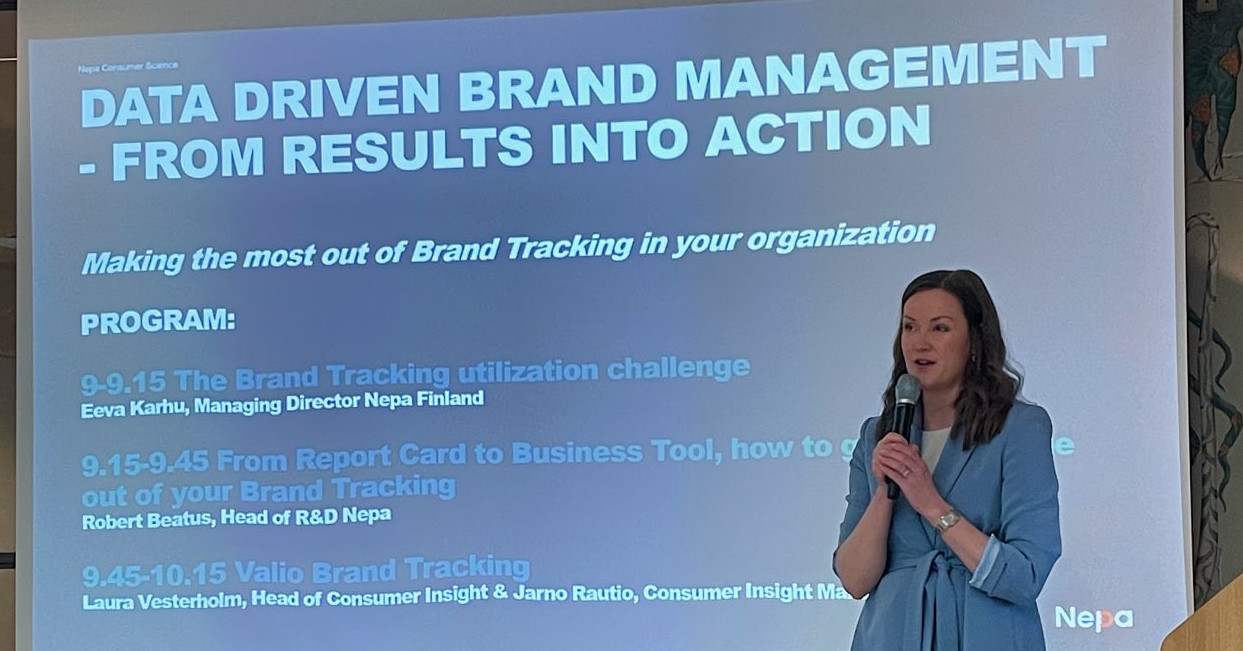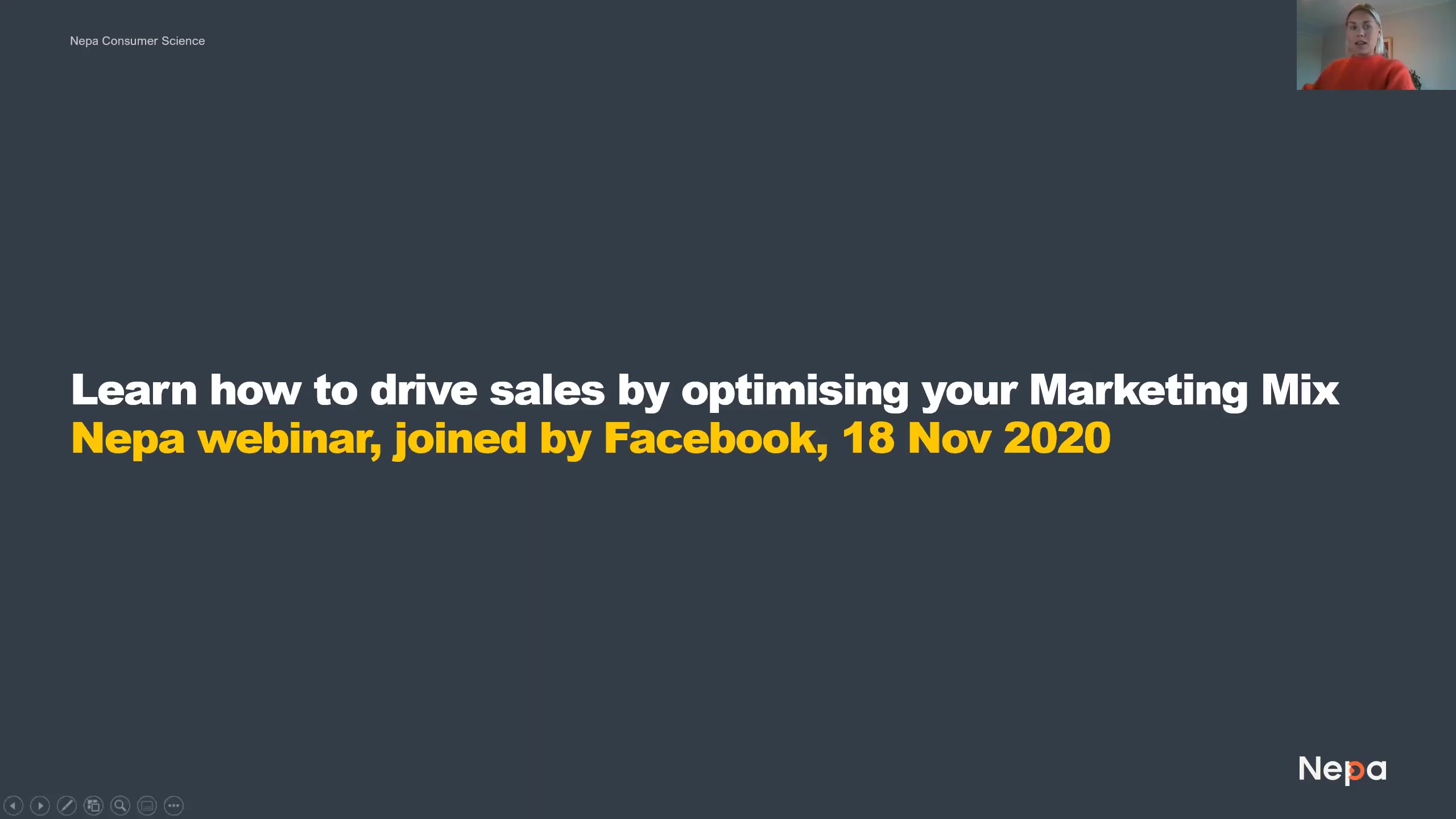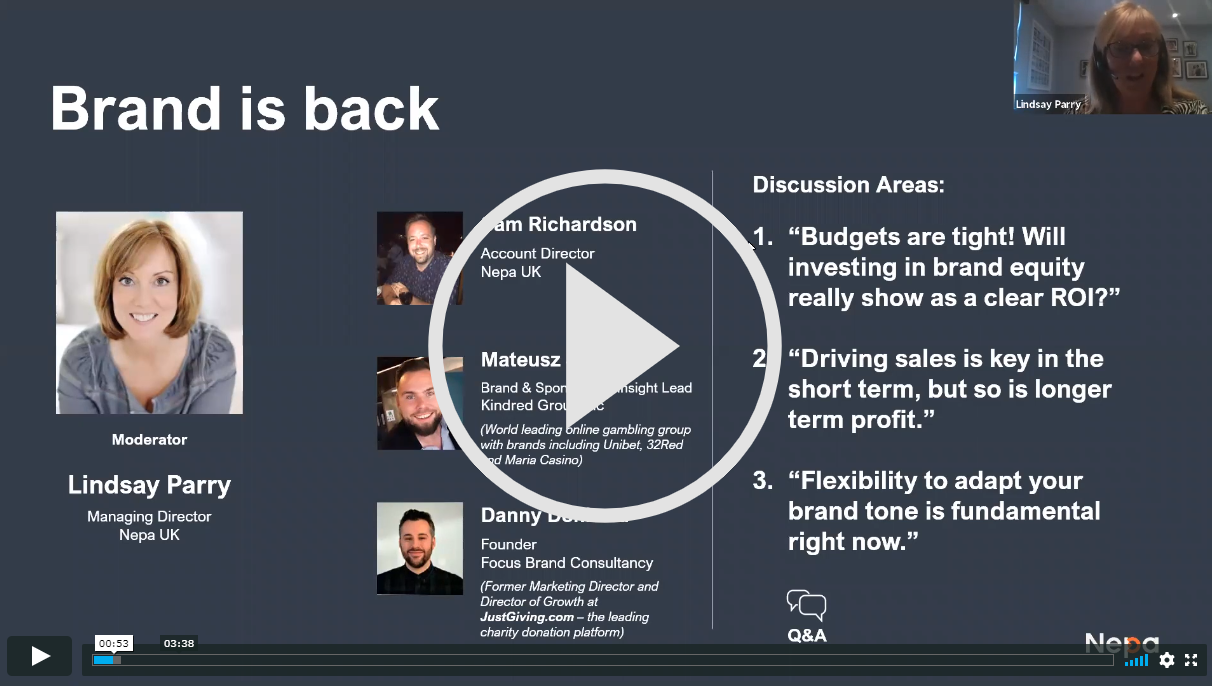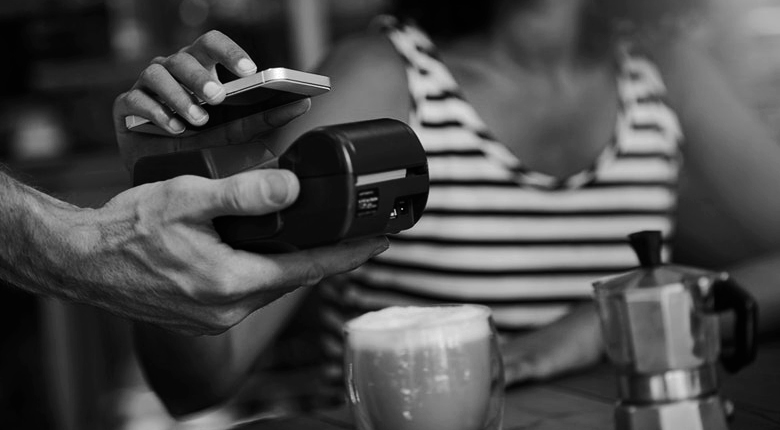Retail continues to be at a tipping point with shoppers that are drastically different than even 3 years ago, and still many retailers are using a model that – at times – is over 50 years old.
Modern retail as we know it started with using scale to deliver a huge amount of goods to the consumers at a radically lower price. These retailers thrived on being experts a running retail at scale, efficient purchasing, logistics and the large outlets that consumer went to in order to get the low-priced goods. This led to the rise of the malls and super stores, with Walmart leading the way.
But today’s retailing has shifted with the rise of technology. Amazon launching smart shopping, the e-tailer being able to offer a depth and breadth of assortment unheard of for a traditional retailer.
Which brings us to the question – are retailers ready for 2018?
We keep hearing the same stories over and over again. Poor service, store closings, empty shopping malls. In 2017, we saw a record number of store closures, nearly 3 times the number in 2016, and according to many this trend will increase in 2018.

Is the Brick & Mortar retail business destined to completely fail?
For many years, stores have had the strategy of being building more locations to be “more convenient”, but there are others that now compete on convenience instead of just location – which is what “more stores” really means.
What’s interesting is the stores that are shutting their doors – we see highly specialized stores like Radio Shack and Payless closing, along with many clothing retailers. But while we talk about all these locations closing, there are some brands that are expanding drastically to the tune of over 4K+ stores opening.

When we look at these, we see Value, Price, Convenience and EXPERIENCE (O´Reilly Auto might not be a store many of us have gone into, but everyone that works there has experience of cars and are really passionate about what they do – not someone that just applied for a job).
So, if scale and efficiency was the way for the 20th century retailer, focus and specialization will be the 21st century’s winning recipe. Because, in today’s rapidly changing competitive environment you have to choose what your competitive edge will be, is it:
- Convenience
- Assortment
- Low price
- Experience
We argue that it is very hard to choose all. There are no right or wrong choices, you just have to make one and then commit to it 100%.
What does this mean for the brick & mortar retailing?
Looking at the inherent strength on the physical world compared to that of on-line world: the person to person interaction gives brick & mortar a strategic advantage in the area of customer experience (CX). All the other, and on-line is as good or better equipped as Brick and mortar. This said, you can be very successful when running a brick & mortar 2018 with other strategies than Customer experience. Some examples: Price (Lidl, Dollar general), Assortment (Victoria Secret) and Convenience (7-eleven).
However, regardless of your chosen strategy, a company that wants to evolve and prosper must be equipped to handle rapid change in customer preference and behavior as new technology is introduced to the market, and make no mistake, the rate of change will increase. Things such as Robots and machine learning are already changing the way we do business, but has yet to really show its true potential in the off-line world of retailing.
The CX strategy – a winning path for retailers
Unless you’re going to drastically change what you sell or have plans to become a discounter, there is one approach that really can change the way your customers view your business without “confusing them”, it’s called the CX strategy, or just plain CX. The CX strategy takes time to implement and the rewards might take some time to collect, but when you do excel in customer experience you enjoy high margins, fiercely loyal customers and organic growth.
In order to be really CX centric, you need to do things on a strategic, tactical and operational level. One or two alone will not suffice. So, what do we mean by strategic, tactical and operational level?
Strategic – the foundation
Even though you need to work on the CX strategy on all levels, it starts at the top. There are three major pillars that needs to be in place to hold up the CX strategy:
- Top management must genuinely believe in the CX strategy, it can’t just be something that they say and put in the annual report. It must be something that they live, breath and sleep.
- You must supply the organization with the right tools to understand the customer (HR, customer service, customer feedback systems etc.).
- Finally, it must be a long-term effort. The organization must be resilient. A successful CX strategy takes time to implement all the way to the front lines.
Tactics – the bridge
There are three major areas that you as an organization must ensure on a tactical level to be a truly customer centric company:
- Empower the employees (link to my “magical experience” blog post)
- Think local! With such a diverse market place, you should give command to the people on the ground. Provide them with local intelligence in terms of: where are we winning/loosing, which are our strongest local competitors etc. Then let the local manager make the judgement call.
- Ensure that the HR process really embeds customer focus in its hiring and development programs. Award people skills and genuine customer interest. Create champions and good examples.
Operations – The moment of truth
The customer centric strategy comes down to the personal interactions between your business and your customers, the moment of truth. These are directly or indirectly always the result of your employees on the floor. If you give the right set of tools, and if they have the right mindset, you will be hard to stop in your market place. This has been proven again and again.
However, a word of caution: Never relax, always use data to monitor your customers, competitors, your business, stores and managers, because you can always improve and aggressive competitors are just around the corner. How can you ensure that? Through a comprehensive analytics platform!
Analytics at the heart of your CX initiative
Although there are many important tools that you must have to implement a CX strategy successfully, we at Nepa believe that the analytics platform should be at the heart. With analytics you can have the customer centricity of the old convenience store, but at scale! But to have an analytics platform that can achieve that, you must use a platform that merges 3 dimensions of data:
- behavior (x),
- sentiment (y) and
- financial ($).
Let’s go a little deeper into each of the necessary data sets:
Behavioral data (x-data)
The behavioral data is basically the existing BIG data stream within the company. It looks at the patterns and build forecast models based on historical behavior. It will detect anomalies and be able to predict changes.
The shopper (y-data)
An even better analytics platform will enable you to understand the shopper in the context of their behavior, often referred to as the Y, i.e. you need to understand why the customer is behaving the way it is in order to be able to predict how it might impact your business.
Financial impact ($-data)
And finally, a true CX analytics platform is tying that behavioral data and shopper insights into top and bottom line results. Enabling you to successfully predict where to invest you hard earned dollars to get the best possible return, this based on your chosen strategy.
An analytics platform implemented in the right way will act as a catalyst for many of the key elements for a successful business. It will:
- Show to top management how shopper drives their business.
- Provide local managers with local, tactical information.
- Build stories that resonates emotionally in all employees.
- Keep tabs on changes in customer behavior and how those impact your business.
A true CX analytics platform will be the catalyst for change that you need. Let us discuss how to evolve your analytical tools for your CX platform to be a true catalyst…! Please don’t hesitate to contact us.
If you want to listen to our webinar that goes more in-depth into retail trends, and why customer experience is really the difference in competing in 2018. Here is the link .
Erik Enecker
Chief Product Officer at Nepa USA & COO Global Product at Nepa















